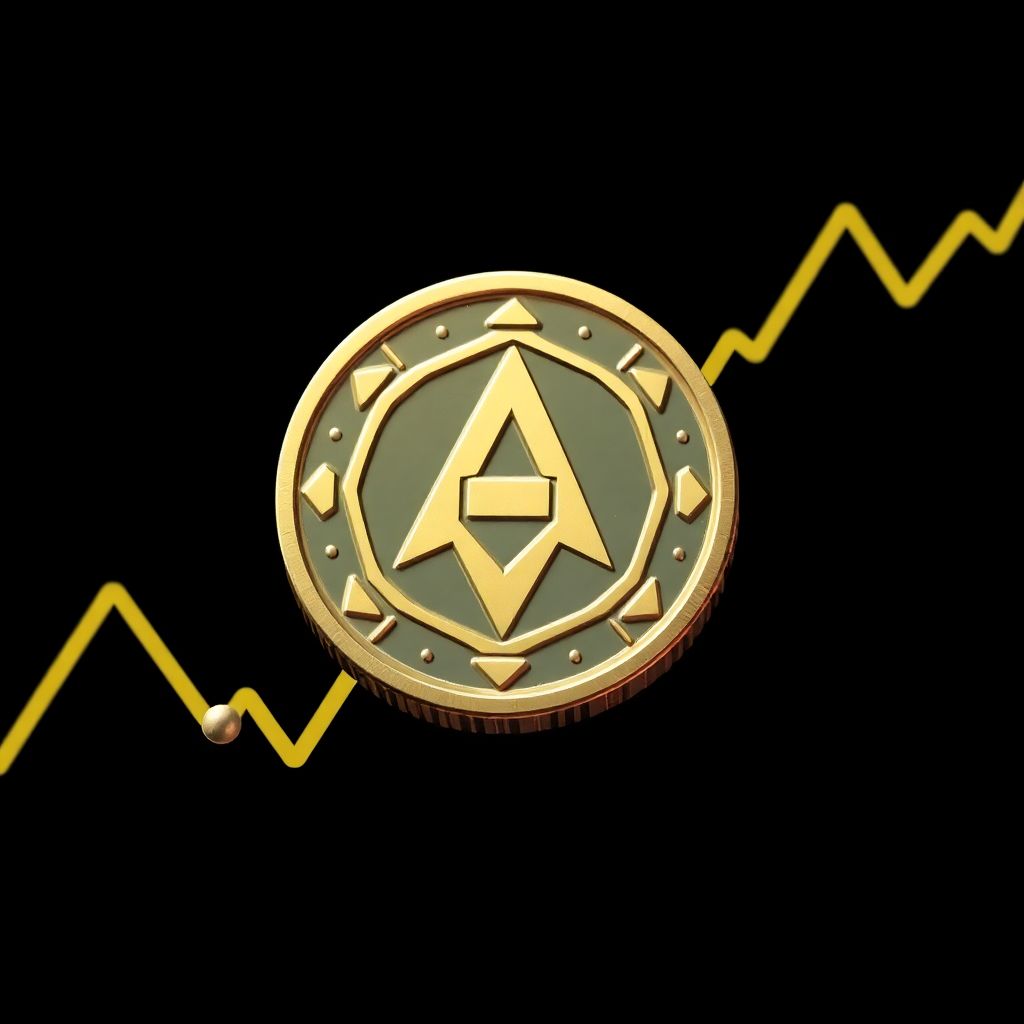HBAR’s downward spiral seems far from over, as both technical indicators and fundamental metrics continue to erode confidence in Hedera’s ecosystem. The token has already lost nearly 50% of its value since its peak in August, and mounting weaknesses suggest the bearish momentum could intensify.
Over recent weeks, the price of HBAR has mirrored the broader crypto market downturn, particularly following Bitcoin’s retracement. However, unlike some altcoins showing signs of resilience, Hedera’s decline is underpinned by pressing structural challenges that extend beyond mere market sentiment.
One of the most pressing concerns is Hedera’s diminishing role in the decentralized finance (DeFi) space. Despite boasting a sizable market cap and a strong brand presence, the network has failed to attract blue-chip DeFi protocols such as Uniswap, PancakeSwap, and Aave. This lack of integration from major players has translated into a sharp decline in Total Value Locked (TVL) on the platform. Currently, Hedera’s TVL sits at a modest $168 million — a 30% drop over the past month. In comparison to the broader DeFi market, which commands over $280 billion in assets, Hedera’s share is almost negligible.
Emerging blockchain platforms like Katana, Unichain, and Base are quickly gaining traction and siphoning attention away from Hedera, further weakening its position. These newer networks have been more agile in onboarding developers and projects, leaving Hedera struggling to maintain relevance.
The challenges extend beyond DeFi. Hedera has made minimal impact in the rapidly expanding gaming and non-fungible token (NFT) sectors. These industries are considered crucial for long-term blockchain adoption, yet Hedera remains on the sidelines. Even its 2024 launch of Stablecoin Studio — a move aimed at boosting utility and liquidity — has had limited success. The total stablecoin supply on Hedera stands at just $89 million, a fraction of the $300+ billion circulating across blockchain networks.
On paper, Hedera’s governance council is a major selling point. It includes respected global corporations such as Google, IBM, Boeing, LG, Dell, and Nomura. However, the extent of these companies’ actual involvement with the Hedera blockchain remains unclear. Without clear evidence that these firms are actively leveraging the infrastructure, the council’s presence feels more symbolic than impactful.
From a technical standpoint, HBAR’s outlook is equally bleak. The token has broken down from a previously bullish double-bottom pattern, falling below a significant support level at $0.2065. It currently trades near $0.1600, a steep drop from its recent high of $0.3052.
Adding to the bearish pressure is the looming formation of a death cross — a bearish technical signal that occurs when the 50-day moving average crosses below the 200-day moving average. This pattern often precedes extended sell-offs. HBAR is also trading below the Ichimoku Cloud, another indicator of downward momentum.
Traders are now eyeing the next critical support level at $0.1015. This price point is not only the lowest mark reached this month but also aligns with the Murrey Math Lines’ final support tier. A decisive break below this level could open the door for even deeper losses.
Looking ahead, Hedera’s path to recovery seems uncertain without substantial changes to its developer engagement strategy and ecosystem utility. The network must act quickly to attract meaningful DeFi and NFT projects, perhaps through improved incentives or partnerships. Otherwise, it risks further slipping behind newer, more adaptable blockchains.
For HBAR to regain investor confidence, Hedera must also work to demonstrate real-world use cases involving its high-profile governance members. If companies like Google or IBM were to publicly showcase blockchain-powered solutions built on Hedera, it could provide a much-needed catalyst for price recovery.
In addition, Hedera’s lack of exposure to Layer-2 scaling solutions — a growing trend in the crypto space — puts it at a disadvantage. Competing blockchains are increasingly adopting rollups and other scaling techniques to reduce fees and improve throughput. Without a clear Layer-2 strategy, Hedera risks being perceived as technologically stagnant.
Another area where Hedera lags is community-driven development. Many successful blockchain projects thrive thanks to grassroots developer activity and community governance. Hedera’s top-down structure, while secure and corporate-friendly, may be inhibiting innovation at the protocol level.
Moreover, as regulatory uncertainty looms over the crypto market, chains with clearly defined compliance strategies will have an upper hand. Hedera has yet to make a definitive stance or gain a regulatory edge, which could be another headwind in attracting institutional capital.
Lastly, market psychology plays a crucial role. As long as HBAR remains in a visible downtrend, retail and institutional investors may be reluctant to re-enter, especially in a market where alternatives offer stronger narratives and higher yields.
In conclusion, Hedera faces a critical juncture. Without concrete improvements in ecosystem adoption, developer activity, and real-world applications, HBAR’s price is likely to face continued pressure. The coming months will be pivotal in determining whether Hedera can pivot and regain its footing — or continue its descent into obscurity.

